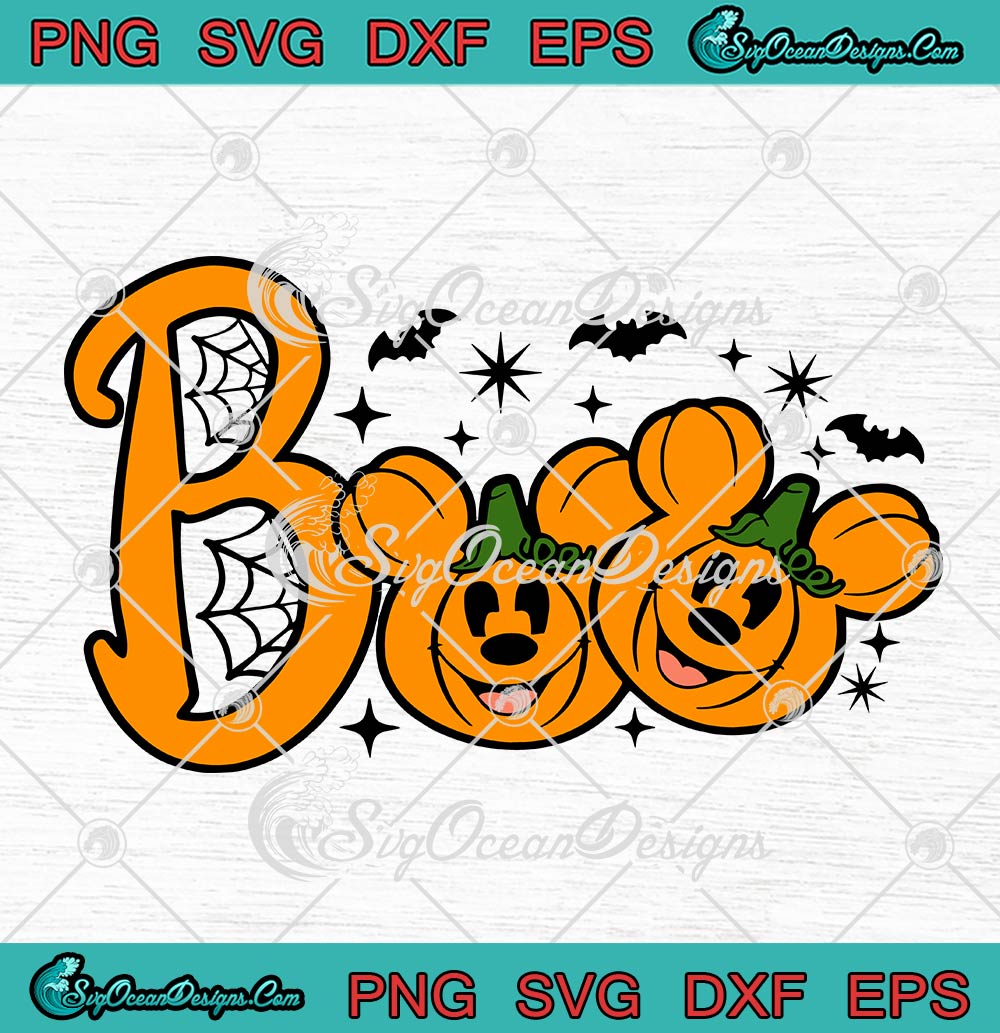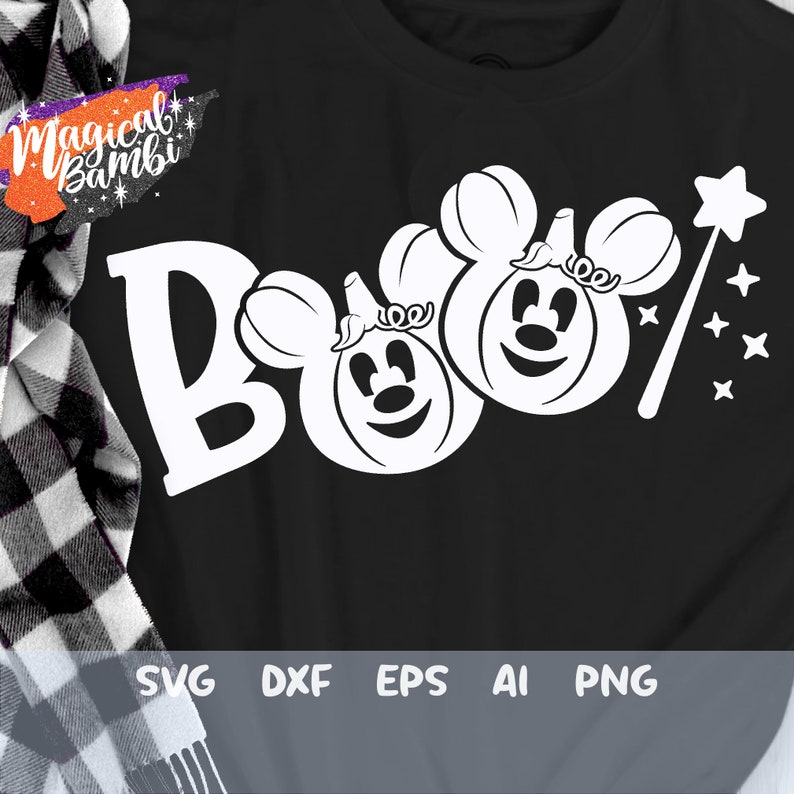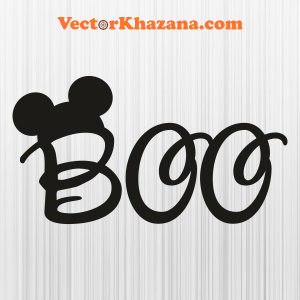Mickey Boo SVG: A Comprehensive Guide for Designers
Introduction
Mickey Boo SVG is a versatile vector graphic format that has gained immense popularity among designers. Its adaptability, scalability, and compatibility make it an ideal choice for creating high-quality designs for both web and print applications. This article delves into the world of Mickey Boo SVG, exploring its features, applications, and best practices.

Table of Content
- 1 Mickey Boo SVG: A Comprehensive Guide for Designers
- 1.1 Introduction
- 1.2 H1: Understanding Mickey Boo SVG
- 1.2.1 H2: Applications of Mickey Boo SVG
- 1.3 H1: Understanding Mickey Boo SVG
- 1.3.2 H2: Definition and Features
- 1.4 H2: Working with Mickey Boo SVG
- 1.4.3 H3: Creating Mickey Boo SVGs
- 1.4.4 H3: Optimizing Mickey Boo SVGs
- 1.4.5 H3: Best Practices for Using Mickey Boo SVGs
- 1.5 Conclusion
- 1.6 FAQs
H1: Understanding Mickey Boo SVG
Mickey Boo SVG stands for Scalable Vector Graphics, a file format that utilizes XML-based markup to define two-dimensional images. Unlike raster images (e.g., JPEG, PNG), which consist of a grid of pixels, SVGs are resolution-independent, meaning they can be scaled to any size without losing quality.
Key features of Mickey Boo SVG include:
- Vector-based: Composed of paths, shapes, and text defined by mathematical equations, ensuring crisp and smooth edges.
- Scalable: Can be enlarged or reduced in size without compromising image quality.
- Editable: Elements within an SVG can be easily modified using design software.
- Cross-platform: Compatible with various operating systems, web browsers, and design applications.

H2: Applications of Mickey Boo SVG
The versatility of Mickey Boo SVG makes it suitable for a wide range of design applications, including:
Mickey Boo SVG is a versatile vector graphic format that has gained immense popularity among designers. Its adaptability, scalability, and compatibility make it an ideal choice for creating high-quality designs for both web and print applications. This article delves into the world of Mickey Boo SVG, exploring its features, applications, and best practices.
- Angel Lilo And Stitch SVG Angel Lilo And Stitch SVG: A Comprehensive Guide
- Cinderella Castle SVG Free Cinderella Castle SVG Free: Your Magical Gateway To Enchanting Designs
- Angel From Stitch SVG Angel From Stitch SVG: A Comprehensive Guide To The Beloved Disney Character
- Beauty And The Beast Silhouette SVG Free Beauty And The Beast Silhouette SVG: A Timeless Tale Of Love And Acceptance
- Beauty And The Beast Free SVG Beauty And The Beast Free SVG: Unleash The Enchantment Of Disney’s Timeless Tale
H1: Understanding Mickey Boo SVG
H2: Definition and Features
Mickey Boo SVG stands for Scalable Vector Graphics, a file format that utilizes XML-based markup to define two-dimensional images. Unlike raster images (e.g., JPEG, PNG), which consist of a grid of pixels, SVGs are resolution-independent, meaning they can be scaled to any size without losing quality.
Key features of Mickey Boo SVG include:
- Web Design: Creating logos, icons, illustrations, and interactive graphics for websites.
- Print Design: Producing high-quality graphics for brochures, flyers, posters, and other printed materials.
- Animation: Animating graphics for videos, games, and interactive presentations.
- Textile Design: Designing patterns and graphics for fabrics and clothing.
- Product Design: Creating graphics for packaging, product labels, and promotional materials.
- Reducing File Size: Removing unnecessary elements, using compression tools, and optimizing code.
- Using Inline SVGs: Embedding SVGs directly into HTML code instead of linking to external files.
- Sprite Sheets: Combining multiple SVGs into a single image file to reduce HTTP requests.
- Use Descriptive File Names: Name SVG files with clear and concise descriptions for easy identification.
- Avoid Excessive Complexity: Keep SVGs simple and lightweight to improve performance.
- Test Compatibility: Ensure SVGs display correctly across different browsers and devices.
- Consider Accessibility: Provide alternative text for SVGs to ensure accessibility for visually impaired users.


H2: Working with Mickey Boo SVG
H3: Creating Mickey Boo SVGs
Mickey Boo SVGs can be created using various design software, such as Adobe Illustrator, Inkscape, and Sketch. Designers can draw paths, shapes, and text, and define their attributes (e.g., color, stroke, fill).
H3: Optimizing Mickey Boo SVGs
Optimizing Mickey Boo SVGs for web performance is crucial. Techniques include:
H3: Best Practices for Using Mickey Boo SVGs
Conclusion
Mickey Boo SVG is a powerful and versatile graphic format that empowers designers to create stunning and scalable designs. Its applications span a wide range of industries, and with proper optimization and best practices, Mickey Boo SVGs can significantly enhance the user experience and improve website performance.
FAQs
Q: What software can I use to create Mickey Boo SVGs?
A: Popular software options include Adobe Illustrator, Inkscape, and Sketch.
Q: How can I optimize Mickey Boo SVGs for web?
A: Reduce file size, use inline SVGs, and create sprite sheets.
Q: Is Mickey Boo SVG compatible with all browsers?
A: Yes, Mickey Boo SVGs are widely supported by modern browsers.
Q: How can I ensure accessibility for Mickey Boo SVGs?
A: Provide alternative text descriptions for SVGs to accommodate visually impaired users.
Q: What are some best practices for using Mickey Boo SVGs?
A: Use descriptive file names, avoid excessive complexity, test compatibility, and consider accessibility.








